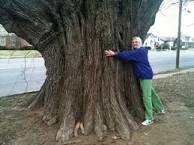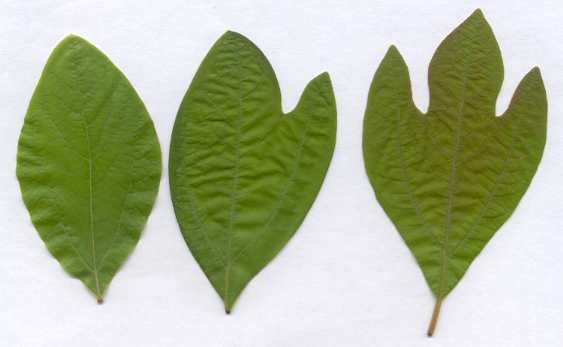- Joined
- Nov 9, 2005
- Messages
- 1,539
- Reaction score
- 1,821
Little more prespective, that sucker is huge.


Apparently there are three different leaf variations: http://www.augustaga.gov/1630/Sassafras
[/QUOTE
Get down there every chance I get, 2 of my favorite places there, Rural King and Moonlit BBQ. Go to Moonlite and stop by RK and get bigger jeans.









What do think the btu's would be?
All 3 leaf forms as well as a left handed mitten form will be found on a single tree. If they are not all present it is not a true sass.Is the middle one from a subspecies that only grows in Michigan?
There are lobed leaves in that picture.
And, for those questioning cordage and BTUs, Oh Hell No!!! The lumber value is better than the oaks.
Good kindling, poor heat. The head forester at a local hardwood mill used it for all the interior trim in his home. It saws out with a beautiful grain. Value is in the eye of the beholder. As for value higher than oak, I've never seen a speck sheet listing grade sassafras, let alone rotary or slicer. Maybe you can enlighten me.
Good kindling, poor heat. The head forester at a local hardwood mill used it for all the interior trim in his home. It saws out with a beautiful grain. Value is in the eye of the beholder. As for value higher than oak, I've never seen a spec sheet listing grade sassafras, let alone rotary or slicer. Maybe you can enlighten me.
sassafras is one of my favorites to cut smells good and i like to dig up the roots usually smaller ones clean them and boil them to make sassafras tea.
tastes close to rootbeer and the roots when cut smell like old fashioned rootbeer barrels candy.